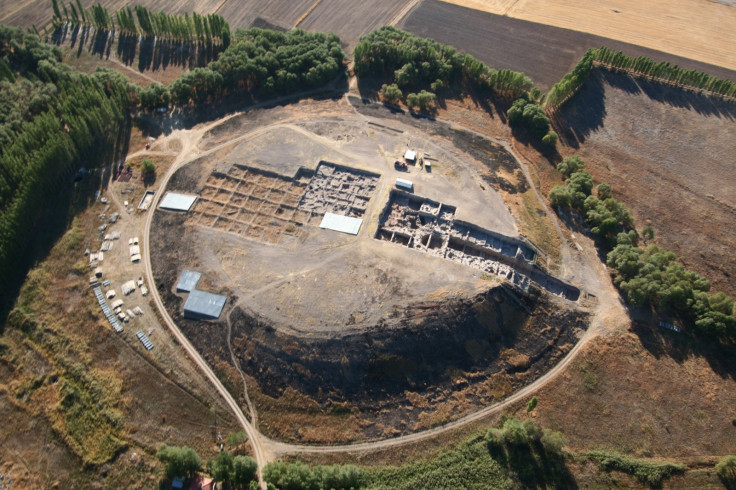Narcotic drugs for 'magic brews' found at Turkish archaeological site

Discovery of henbane seeds found in an old hearth at Kaman-Kalehoyuk in Turkey had narcotic and psychotropic effects. Archaeologists have unearthed a surprising discovery of over 100 henbane seeds which many believe is the first evidence for the medicinal use of the drug in Asia during the Ottoman period.
Henbane, whose official name is Hyoscyamus niger, is also known as stinking nightshade, has been popular for centuries for the treatment of many illnesses as well as the making of 'magic brews' that are drunk to produce hallucinogenic effects.
"The medicinal uses of Henbane date from remote ages," Maud Grieve, a Fellow of the Royal Horticultural Society, wrote in A Modern Herbal.
"It was well known to the Ancients, being particularly commended by Dioscorides (first century AD), who used it to procure sleep and allay pains, and Celsus (same period) and others made use of it for the same purpose, internally and externally, though Pliny declared it to be 'of the nature of wine and therefore offensive to the understanding.'"
During the Ottoman Empire (15th - 17th c. AD), henbane was used for toothaches and eye complaints. But it was also ingested as pills or inhaled. There is an historical reference from 1608 which documents a recipe whose ingredients include henbane seeds, opium and black pepper.
The study was carried out by archaeologists from the University of Queensland and the Japanese Institute of Anatolian Archaeology. They published their findings in the journal Antiquity detailing the discovery of a large quantity of henbane seeds in a hearth during excavations of Kaman-Kalehöyük, an archaeological site in central Anatolian multi-period occupation mound.
The psychotropic properties include visual hallucinations, a sensation of flight, dilated pupils and restlessness.
The use of henbane by the ancient Greeks was documented by the historian Pliny. The plant, also called Herba Apollinaris, was used to assist in creating oracles by the priestesses of Apollo.
© Copyright IBTimes 2024. All rights reserved.







